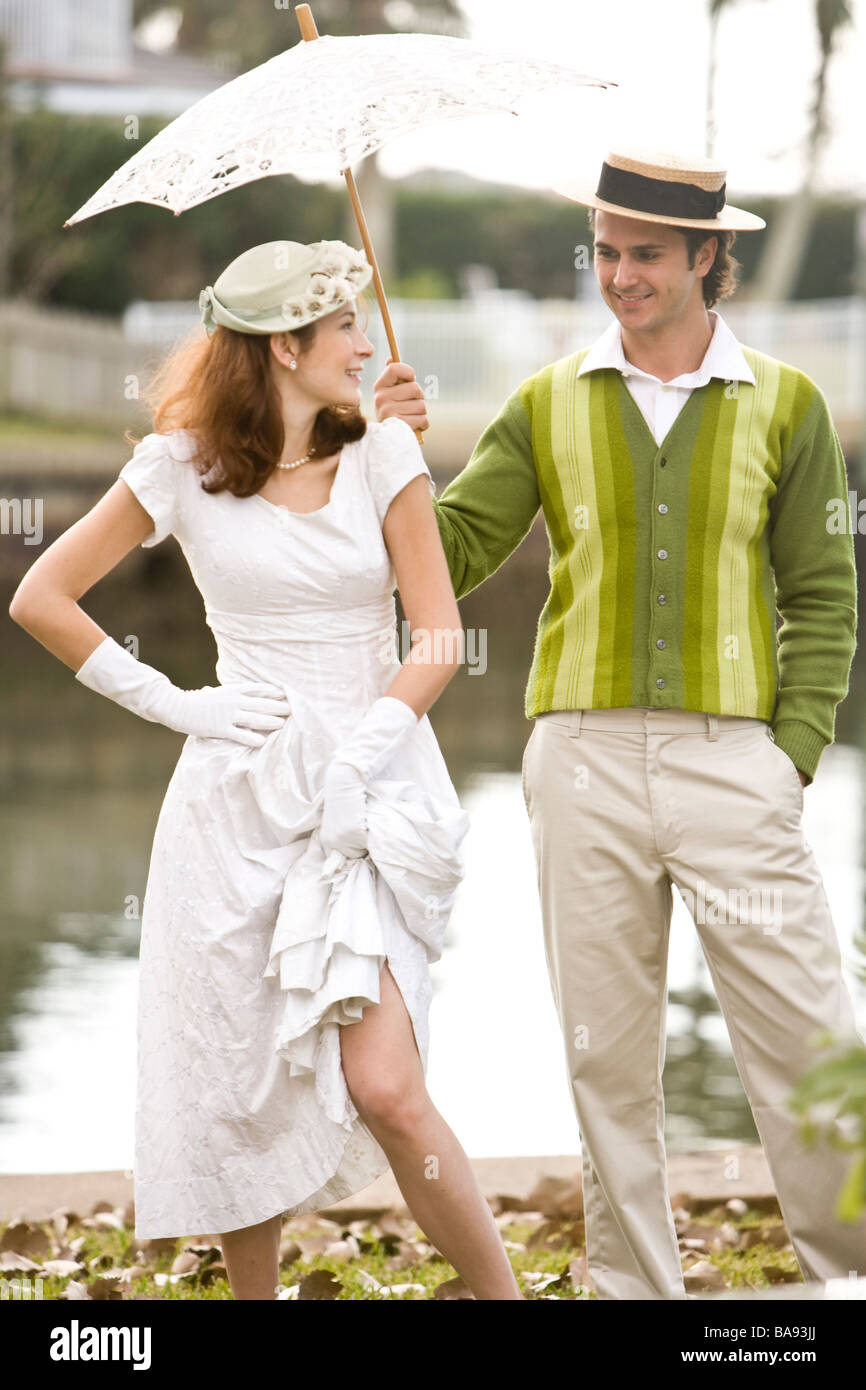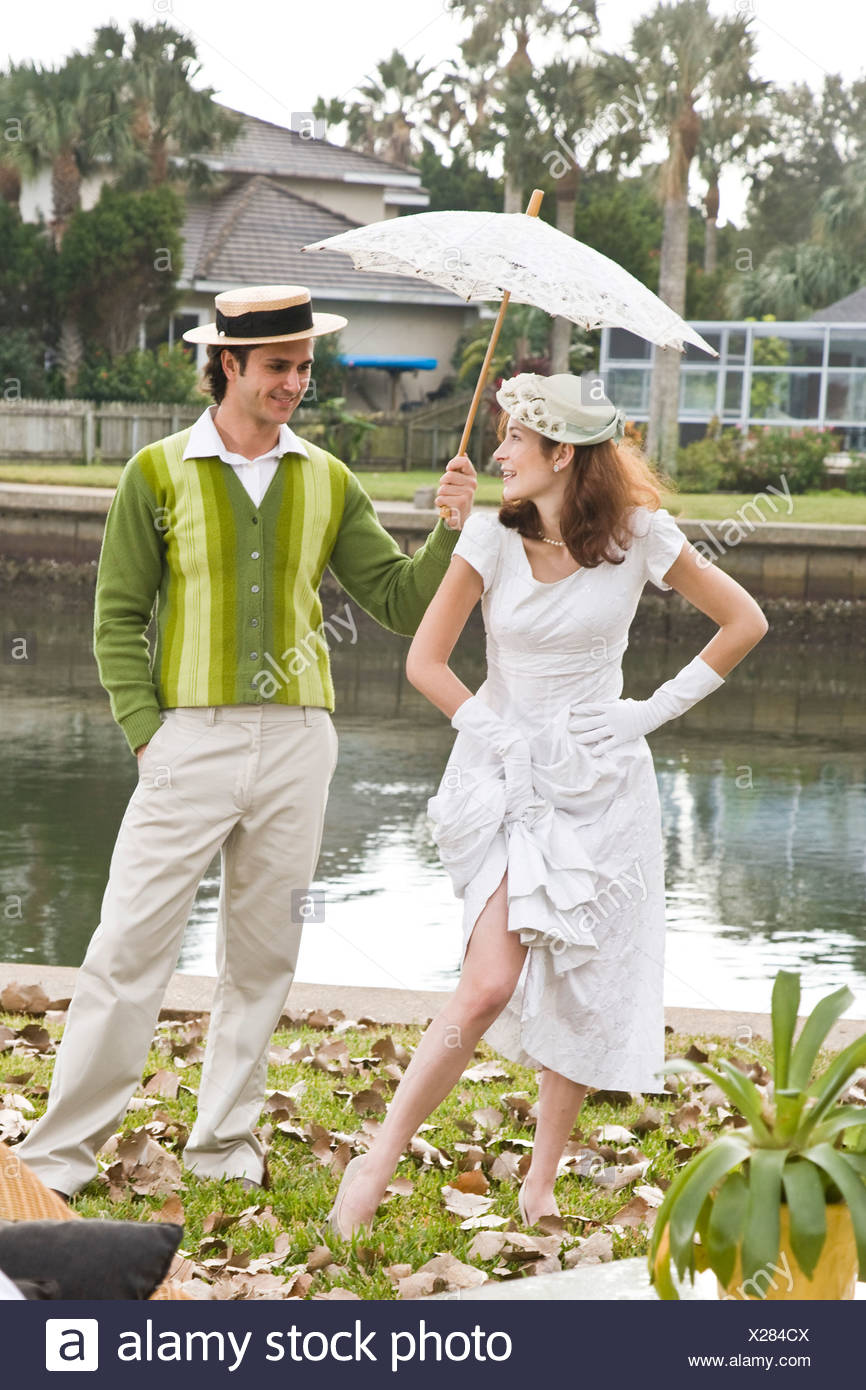
The Great Migration of Black Americans from the rural South to Northern cities and the increasing visibility of Black culture-jazz and blues music, for example, and the literary movement known as the Harlem Renaissance-discomfited some white Americans. Immigrants were hardly the only targets in this decade.

This led to the passage of an extremely restrictive immigration law, the National Origins Act of 1924, which set immigration quotas that excluded some people (Eastern Europeans and Asians) in favor of others (Northern Europeans and people from Great Britain, for example). An anti- Communist “Red Scare” in 19 encouraged a widespread nativist and anti-immigrant hysteria. Prohibition was not the only source of social tension during the 1920s. Some older people objected to jazz music’s “vulgarity” and “depravity” (and the “moral disasters” it supposedly inspired), but many in the younger generation loved the freedom they felt on the dance floor.ġ0 Images Immigration and Racism in the 1920s Jazz bands played at venues like the Savoy and the Cotton Club in New York City and the Aragon in Chicago radio stations and phonograph records (100 million of which were sold in 1927 alone) carried their tunes to listeners across the nation. (Some pundits called them “bedrooms on wheels.”) What many young people wanted to do was dance: the Charleston, the cake walk, the black bottom and the flea hop were popular dances of the era. The Jazz AgeĬars also gave young people the freedom to go where they pleased and do what they wanted. Meanwhile, an economy of automobiles was born: Businesses like service stations and motels sprang up to meet drivers’ needs-as did the burgeoning oil industry. Low prices (the Ford Model T cost just $260 in 1924) and generous credit made cars affordable luxuries at the beginning of the decade by the end, they were practically necessities.īy 1929 there was one car on the road for every five Americans.
#1920s socialite movie
People also swarmed to see Hollywood movies: Historians estimate that, by the end of the decades, three-quarters of the American population visited a movie theater every week, and actors like Charlie Chaplin, Gloria Swanson, Rudolph Valentino and Tallulah Bankhead became household names.īut the most important consumer product of the 1920s was the automobile. READ MORE: How Flappers of the Roaring Twenties Redefined Womanhood Fashion, Fads and Film Starsĭuring the 1920s, many Americans had extra money to spend-and spend it they did, on movies, fashion and consumer goods such as ready-to-wear clothing and home appliances like electric refrigerators.

Rumor had it that the Yale Club in New York City had a 14-year supply of booze in its basement. And with this electrification came new machines and technologies like the washing machine, the freezer and the vacuum cleaner eliminated some of the drudgery of household work.ĭid you know? Because the 18th Amendment and the Volstead Act did not make it illegal to drink alcohol, only to manufacture and sell it, many people stockpiled liquor before the ban went into effect. In 1912, an estimated 16 percent of American households had electricity by the mid-1920s, more than 60 percent did. The increased availability of birth-control devices such as the diaphragm made it possible for women to have fewer children. Millions of women worked in blue-collar jobs, as well as white-collar jobs (as stenographers, for example) and could afford to participate in the burgeoning consumer economy. WATCH: America: The Story of Us on HISTORY Vault Flappers: The 'New Woman'

But for some, the Jazz Age of the 1920s roared loud and long, until the excesses of the Roaring Twenties came crashing down as the economy tanked at the decade’s end. Many Americans, however, were uncomfortable with this racy urban lifestyle, and the decade of Prohibition brought more conflict than celebration. This economic engine swept many Americans into an affluent “consumer culture” in which people nationwide saw the same advertisements, bought the same goods, listened to the same music and did the same dances.

The nation’s total wealth more than doubled between 19, and gross national product (GNP) expanded by 40 percent from 1922 to 1929. For the first time, more Americans lived in cities than on farms. The Roaring Twenties was a period in American history of dramatic social, economic and political change.


 0 kommentar(er)
0 kommentar(er)
